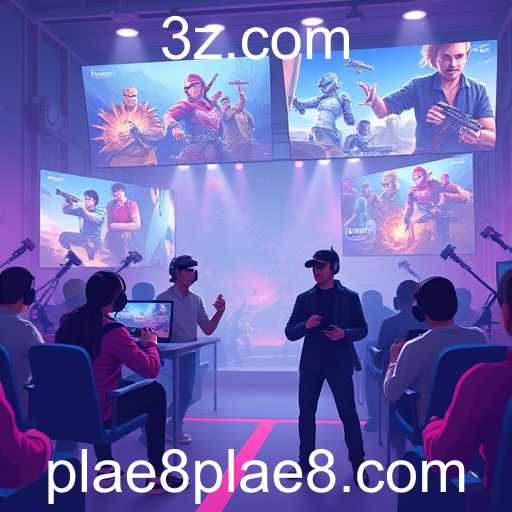The introduction of platforms like plae8 has revolutionized educational experiences through interactive, game-based learning.
In recent years, the role of virtual gaming platforms in education has expanded significantly, offering innovative approaches to learning that engage students and enhance traditional methods. One such platform, plae8, has become particularly influential. As an English game website, plae8 combines entertainment and education, fostering an environment where students can explore complex subjects through play.
The integration of games into educational settings aligns with a broader trend towards interactive learning. Unlike conventional rote learning techniques, game-based learning encourages critical thinking, problem-solving, and collaboration, skills essential for the 21st-century workforce. Plae8 stands out by providing a diverse range of educational games that cater to various age groups and subject matters, making learning enjoyable and accessible.
Moreover, the ongoing technological advancements have allowed plae8 to innovate continually, introducing features that adapt to students' learning paces and styles. This personalization is crucial in maintaining student engagement and improving academic outcomes. With educational institutions increasingly acknowledging the benefits of these platforms, partnerships between schools and virtual gaming companies have become commonplace.
However, the rise of platforms like plae8 also presents challenges. Educators must balance screen time efficiently to prevent potential negative effects on students' health and social skills. Despite these challenges, the consensus among educators is that the benefits of integrating gaming into education outweigh the cons, especially when monitored responsibly.
With the current educational landscape rapidly evolving due to technological integration, platforms like plae8 will likely remain at the forefront of educational innovation. As we continue to explore the potential of these tools, it is crucial to assess their impact critically, ensuring that they complement traditional teaching methods and contribute positively to educational outcomes.




